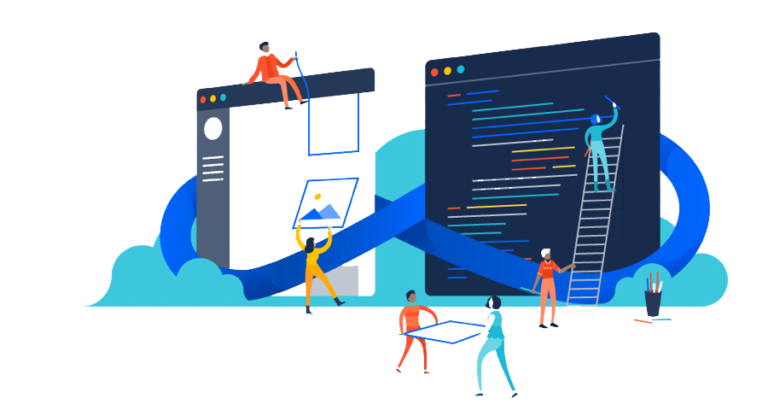
Software Development vs Web Development
Software Development vs Web Development: In the vast realm of technology, web development, and software development are two prominent careers that have distinct characteristics of their own yet frequently overlap. While creating applications and solutions is a common task for both, their methods, resources, and focal points differ. In this post, we’ll look at the key differences between software development and web development, emphasizing their unique characteristics and helping you understand each field better.
Software development is the act of designing, constructing, and managing software programmes that operate on a variety of platforms, such as desktop PCs, servers, and mobile devices. Developing stand-alone applications that meet specific needs requires utilising a broad variety of programming languages, frameworks, and tools.
On the other hand, web development mostly concentrates on building websites and online apps that function with web browsers. It integrates frameworks such as React, Angular, or Django with HTML, CSS, and JavaScript technologies. Web developers often use front-end, back-end, and database technologies to create dynamic and interactive web applications.


Software Development: A wide range of platforms, including embedded systems, mobile platforms (like iOS and Android), desktop operating systems (like Windows, macOS, or Linux), and desktop operating systems are compatible with software development. Among other things, this group of programmers creates productivity and enjoyment solutions for offline applications.
Web development: The main goal of web development is creating applications for web browsers. Web developers design websites and online programs that work with a variety of browsers and operating systems. These programs work only with an internet connection, and they typically use cloud-based services for data processing and storage.
Software Development: Software developers typically consider the specific platform and use case when creating user interfaces (UIs). The basic objective is to create feature-rich, intuitive interfaces that provide a seamless user experience. Software developers often have more control over UI design to create customized interfaces that match the needs of the application.
Creating user interfaces for websites that work within browser constraints is known as web development. Creating interfaces that are aesthetically pleasing, responsive, and user-friendly across a variety of platforms and screen sizes is the aim of web developers. However, issues with browser compatibility and the constraints placed on web developers by HTML, CSS, and JavaScript could provide difficulties.


Software Development: Waterfall, Agile, and DevOps are just a few of the methods used in this field. The process typically consists of gathering requirements, designing, coding, testing, and deployment. The most popular forms of software distribution that allow consumers to run apps locally on their devices are executable files and installer packages.
Web development: Oftentimes, web development uses an iterative development technique such as Agile or Scrum. Developers are always adding new features and enhancements to web apps. Websites and web apps, which are often hosted on web servers, can be accessed by users through URLs without the requirement for installation.
Target platforms, user interfaces, and deployment tactics differ greatly between software development and web development, despite the similarities in coding and problem-solving skills. Software development covers a broader range of applications than web development, which primarily focuses on browser-based solutions. By understanding these differences, aspiring developers can choose a career path that best suits their interests and goals. These fields offer engaging prospects, but they also necessitate ongoing education and development in order to stay relevant in the rapidly evolving digital industry.

